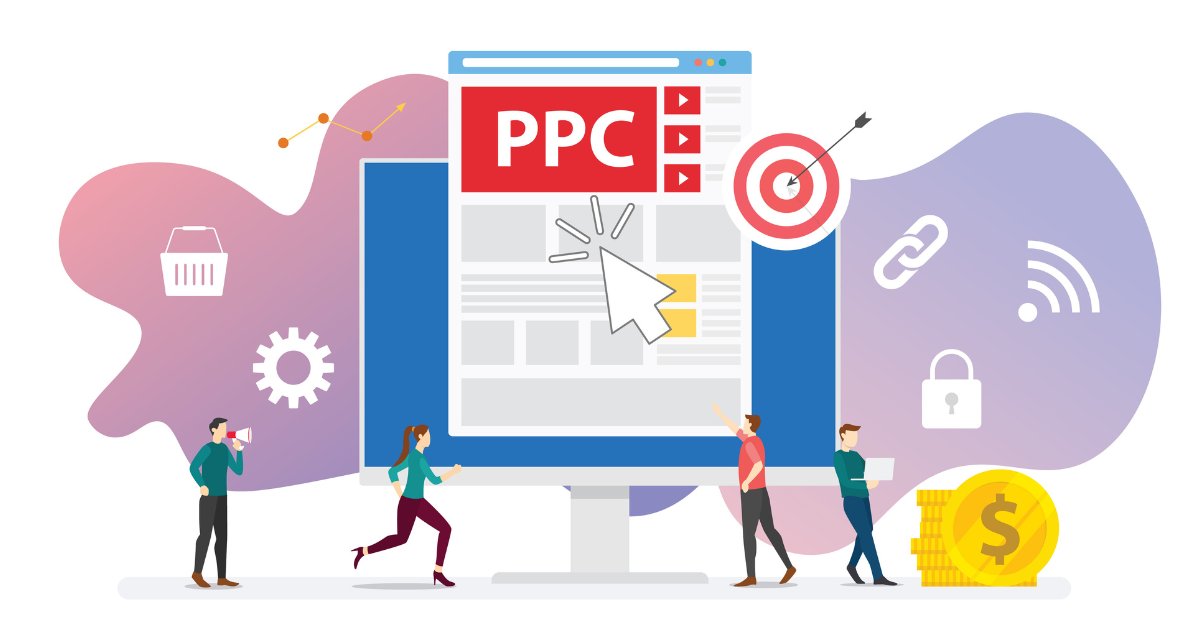On November 1st, I will be a part of a 3 person panel at SEMPO Cities KC on the topic of Exploding ROI with Paid Search. As a precursor to this presentation (note to self: work on this presentation!), I wanted to share a few thoughts on what is working in Paid Search…and Paid Social. The reality of online advertising, in my opinion, is that getting yourself stuck in one channel is similar to the idea of putting too much of your investments into a single stock or group of stocks. While your investment in paid search may be going super well, search engines can change their rules relatively quickly and all of the sudden what was working isn’t working anymore. So then a profitable investment becomes less profitable, or potentially stops being profitable at all.
Now, with that preamble out of the way I will jump right in to my tips for exploding ROI with Paid Search.
Use Product Listing (Shopping) Ads to Increase Visibility
If you are an ecommerce business and you do not currently have yourself a Merchant Center set up on Google and Bing, you need to do yourself a favor and get that going. In a study earlier this year by Merckle, 60% of all retailer ad clicks on Google and 33% on Bing/Yahoo came from Shopping Ads.
Refine Your Campaigns Using Demographic Targeting in Search
Earlier this year, Google enabled the ability for advertisers to target using age, gender, and household income. Bing has had this functionality available for a while as well. You can use demographic information to create bidding adjustments based on top performing demographic profiles. Or you can exclude certain demographic categories altogether. You can view this information at the campaign and ad group level, which gives you quite a bit of flexibility.
Use Custom Audiences for Search Targeting
If you are looking to tighten up your campaigns and reduce your cost per acquisition, using custom audiences can be a very useful effort. Search advertising has moved beyond just keywords, and if you have very specific goals for your campaigns this can be a beneficial way to connect your customer lists with campaigns you are running. This is extremely useful in a number of scenarios.
Use Schema – It’s Not Just for SEO Anymore
Schema markup is a well-known opportunity to help improve and contextualize content for SEO purposes. It can also, in some cases, help with managing paid search campaign optimizations. For all the critical information needed for a shopping feed, you can create an automated feed using Google Sheets and Google Merchant Center.
Split Mobile and Desktop Campaigns
This isn’t necessarily a ground-breaking discovery by any means, but if you are not splitting your campaigns for desktop and mobile, this would be a good idea as well. We have found for many clients that the search terms and level of engagement is significantly different when looking at mobile traffic vs. desktop. For example, mobile campaigns often perform better when you have “immediate intent” whereas desktop ads are typically more successful with conversion-based performance metrics.
Leverage Day/Time Parting to Maximize Your Results
Do you look at your ad performance during specific times of days or days of week, or a combination of the two? You can find some really interesting insights by drilling down to this granularity. These insights can drive strategic targeting opportunities. For example, we have found for one of our clients that the most conversions occur between the hours of 1 and 4, and the most prominent day has historically been Friday or Monday. With that information, you can set bidding rules to ensure maximum coverage on those days and times. This resulted in a significant improvement in terms of conversions and lower cost per conversion.
Maximize Your Use of Ad Extensions
Ad extensions on both Google and Bing are not new things; however, it is one of those small elements of search ads that I have found many advertisers don’t use when we start working with them. Ad extensions can provide additional calls to action, which can improve your overall conversion opportunities. They can also help to improve the generic CTR of your ads. Effect ad extension usage may also help to improve your overall Quality Score as well.
Consider Using Dynamic Search Ads Feed
In addition to utilizing shopping feeds, you can also create custom feeds for dynamic search ads. We created a large dynamic search ads feed for one of our clients and saw some pretty impressive results. We saw a 700% improvement in CTR along with a 64% decrease in average cost per click. While there was not a significant difference in overall conversion rate from the ads, we saw a 63% decrease in cost per conversion.
Use Rules and Scripts to Automate Optimizations
If you have specific criteria well defined that you can use to automate some of your optimization efforts, this can save you time and maximize results, giving you the opportunity to focus on other areas of optimization. If you have only optimizations you want to automate, rules are definitely the easier path to go. For scripts, you will need to know some JavaScript (or at least be able to manipulate it or have access to someone that can). Scripts are beneficially when you are running large or complex campaigns and you have a number of rules you want to automate for optimizations.
In Conclusion
There are a host of solutions that you can build on to more efficiently optimize your paid search campaigns. Depending on your situation and your goals, you could explore any of these ideas. Or feel free to contact us if you want to tap into our expertise to help you optimize your campaigns further.



